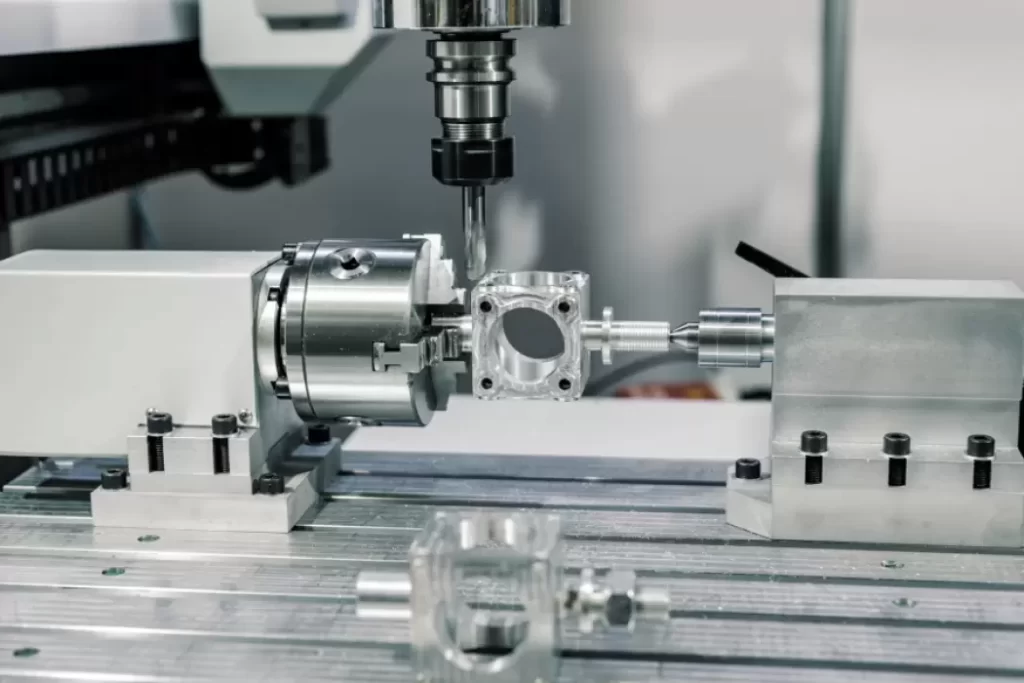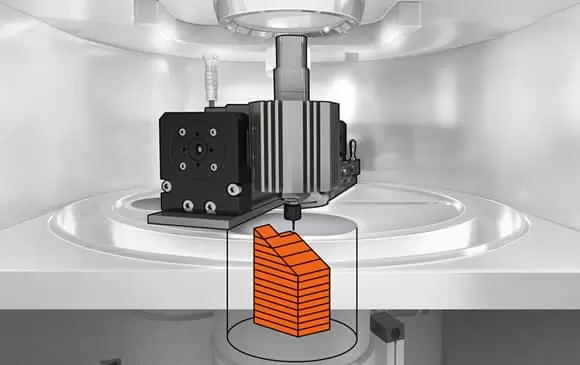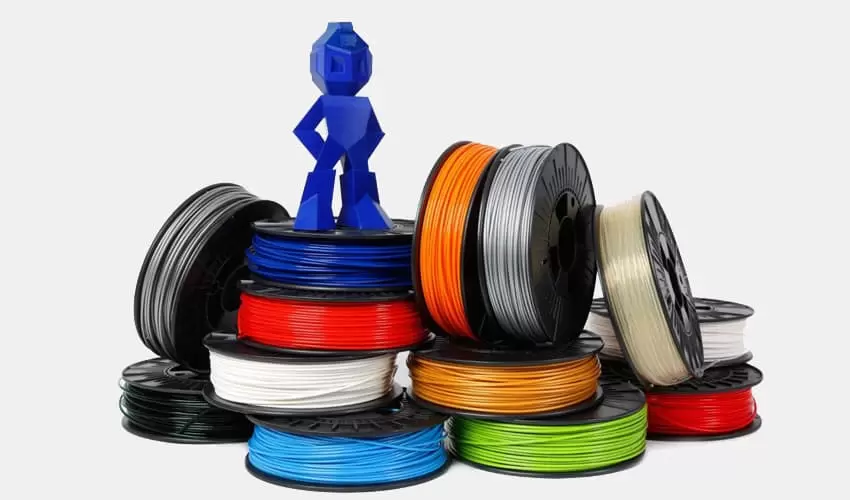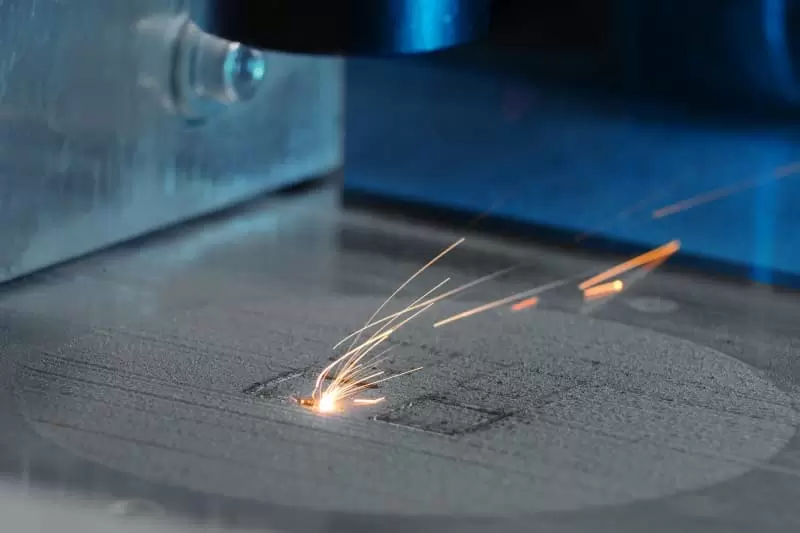Table of Contents:
- Introduction
- The 3D Printing Process
- Designing 3D Printed Jewelry
- Post-Printing Processes
- Applications of 3D Printed Jewelry
- Challenges and Future of 3D Printed Jewelry
- Conclusion
-
1. Introduction
3D printing has revolutionized the way we create and design objects, and the jewelry industry is no exception. 3D printed jewelry combines the art of jewelry making with the latest technology, resulting in unique, customizable, and intricate designs. In this article, we will delve into the world of 3D printed jewelry, exploring its history, advantages, and applications.
A. Definition and History of 3D Printed Jewelry
3D printed jewelry refers to jewelry that has been created using 3D printing technology. The process involves creating a digital model of the jewelry using specialized software, which is then printed using a 3D printer. The history of 3D printed jewelry can be traced back to the early 2000s when artists and designers began experimenting with the technology.
B. Advantages of 3D Printed Jewelry
The advantages of 3D printed jewelry are numerous. First and foremost, it allows for the creation of highly intricate and detailed designs that would be difficult to achieve using traditional jewelry making methods. 3D printed jewelry is also highly customizable, allowing for unique and personalized pieces. In addition, the technology is more efficient and cost-effective than traditional jewelry making methods.
-
2. The 3D Printing Process
A. Overview of 3D Printing Technologies
There are several 3D printing technologies used for creating jewelry, including Fused Deposition Modeling (FDM), Stereolithography (SLA), and Selective Laser Sintering (SLS). Each technology has its unique advantages and disadvantages, and the choice of technology depends on the design requirements, budget, and timeline.
B. Materials Used for 3D Printed Jewelry
3D printed jewelry can be made from a variety of materials, including plastics, metals, and ceramics. Each material has its unique properties, and the choice of material depends on the design requirements and desired finish.
-
3. Designing 3D Printed Jewelry
A. Software and Tools for Jewelry Design
Creating a digital model of the jewelry is a critical step in 3D printing. Several software tools are available for jewelry design, including Rhino 3D, Blender, and ZBrush. These tools allow designers to create highly detailed and intricate designs.
B. Techniques for Creating Customized Designs
3D printing allows for highly customized designs. Designers can create jewelry pieces tailored to the unique needs and preferences of the customer. One popular technique is parametric design, which allows for the creation of customizable designs based on parameters such as size, shape, and texture.
C. Examples of 3D Printed Jewelry Designs
The possibilities for 3D printed jewelry designs are endless. Some popular examples include geometric shapes, organic shapes, and intricate patterns. Customized designs, such as personalized name necklaces and fingerprint rings, are also popular.
-
4. Post-Printing Processes
A. Polishing and Finishing Techniques
After the 3D printing process, the jewelry piece is often subjected to polishing and finishing techniques to achieve a smooth and polished finish. Techniques such as tumbling, sanding, and polishing can be used to achieve the desired finish.
B. Adding Color to 3D Printed Jewelry
While many 3D printed jewelry pieces are created using a single color material, there are techniques for adding color to the pieces. Painting, dyeing, and electroplating are some of the methods used for adding color.
C. Assembly and Packaging of 3D Printed Jewelry
After the post-processing is complete, the jewelry piece is assembled and packaged for sale. This includes adding clasps, chains, and other components as needed.
-
5. Applications of 3D Printed Jewelry
A. Fashion and Art
3D printed jewelry has found applicationsin the fashion and art industries, where it is used to create avant-garde and one-of-a-kind pieces. Designers are using 3D printing to push the boundaries of traditional jewelry making, creating unique and intricate designs that would be impossible to achieve using traditional methods. Some designers are also using 3D printing to create sustainable jewelry, using recycled materials to create eco-friendly pieces.
B. Jewelry Making Industry
3D printing is transforming the jewelry making industry, allowing for faster and more efficient production. Jewelers can create customized pieces quickly and easily, reducing lead times and costs. 3D printing also allows for the creation of highly intricate designs, expanding the possibilities for jewelry making.
C. Personal and Customized Jewelry
One of the main advantages of 3D printed jewelry is the ability to create highly personalized and customized pieces. Customers can have jewelry pieces created based on their unique preferences, such as name necklaces or pieces with special dates or symbols. 3D printing allows for the creation of unique and personalized jewelry that is tailored to the customer’s specific needs.
If you need about 3D Printing Service,You can click on the V1 Prototype website to find it:Provide SLM, SLA, SLS, FDM, Rapid Plastic & Metal 3D Printing Service, High Accuracy, No Tooling And Saving Cost. Fast Delivery, Ship Within 3days. The Service’s Professional-Grade Printers Ensure Precision, Accuracy, And Speed While Minimizing Waste, Thereby Making It An Environmentally Friendly Option.
-
6. Challenges and Future of 3D Printed Jewelry
A. Limitations and Constraints of 3D Printing Technology
While 3D printing has many advantages, there are still some limitations and constraints to the technology. One of the main challenges is the limited range of materials available for 3D printing jewelry. While there are many materials available, some materials are not suitable for jewelry making. Additionally, 3D printing can be expensive, making it difficult for small jewelry makers to adopt the technology.
B. Innovations and Advancements in 3D Printing Jewelry
Despite the challenges, there are many innovations and advancements in 3D printing jewelry. Researchers are developing new materials specifically for 3D printing jewelry, such as biocompatible materials for medical applications. Additionally, new techniques for creating highly detailed and intricate designs are being developed, allowing for even more possibilities in jewelry making.
C. Potential Impact on the Jewelry Industry
3D printing has the potential to transform the jewelry industry, making it more accessible and affordable for consumers. The technology allows for the creation of unique and customized pieces, expanding the possibilities for jewelry making. Additionally, 3D printing can help to reduce waste and improve sustainability in the industry.
-
7. Conclusion
3D printed jewelry combines the art of jewelry making with the latest technology, resulting in unique and intricate designs. The advantages of 3D printing jewelry are numerous, including the ability to create highly personalized and customized pieces. While there are some challenges to the technology, there are also many innovations and advancements that are expanding the possibilities for jewelry making. 3D printed jewelry has the potential to transform the industry, making it more accessible and sustainable for consumers.




